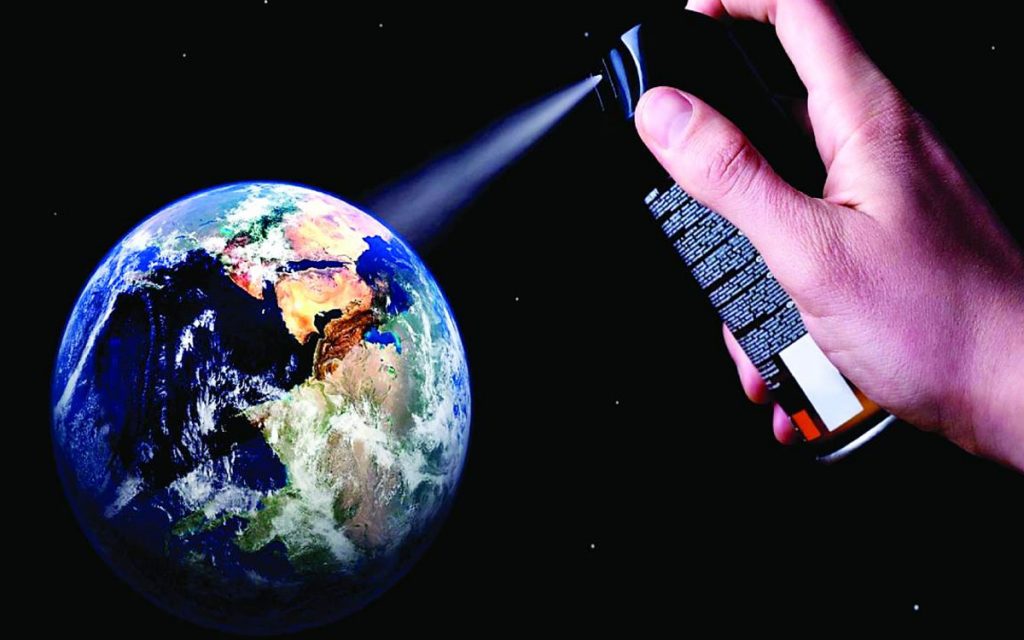
The climate crisis is as real as it gets. Our forthcoming policies and development plans must be based on sound scientific research and on the principles of sustainable development.
Author
Govind Singh, Associate Professor, Jindal School of Environment & Sustainability,, O.P. Jindal Global University, Sonipat, Haryana, India.
Armin Rosencranz, Dean,Jindal School of Environment & Sustainability, O.P. Jindal Global University, Sonipat, Haryana, India.
Summary
The ozone layer covers the entire planet and protects us from harmful ultraviolet radiation emitted by the sun. The ozone layer is found in the stratosphere part of the atmosphere and is located 15 to 30 km above the surface of the Earth. The stratospheric ozone layer is made up of ozone gas which is chemically represented as triatomic oxygen; each ozone particle is made up of three atoms of oxygen. If the UV-B radiation from the sun reaches Earth, it can cause immediate sunburn and will have adverse long-term health impacts on humans and most other living creatures. It is for this reason that on 16 September 1987, a Montreal Protocol on Substances that Deplete the Ozone Layer was introduced by the United Nations.
Most of the Ozone Depleting Substances (ODS) are man-made chemicals. Most notable among these are chlorofluorocarbons (CFCs). The manufacture of CFCs began in 1930 as a refrigerant gas, at a time when the scientific community was not aware of its threat to the stratospheric ozone layer. The threat became apparent in the 1970s when it was found that the stable CFC gas could reach the stratosphere and destroy the ozone layer by reacting with ozone molecules. In 1985, scientists from the British Antarctic Survey published their findings of abnormally low ozone concentration in the ozone layer above the South Pole. This strengthened the importance of the UN-led Vienna Convention for the Protection of the Ozone Layer that took place in the same year.
The threat from the ozone hole over the South Pole was perceived so well by all stakeholders that the Vienna Convention, and the Montreal Protocol international treaty that followed, was ratified by all nations. It became the first universally ratified treaty in the history of the United Nations. The Montreal Protocol came into effect in 1989 and facilitated a successful phasing out of all ozone depleting substances. As a result, the ozone layer has significantly improved. it should fully heal by the end of this century, perhaps as early as 2070.
The phasing out of CFCs has not just protected the ozone layer; it also has climate protection co-benefits. This is because CFCs are exceptionally strong greenhouse gases (GHGs) that cause global warming. The global warming potential of CFCs is several thousand times more than that of carbon dioxide. The Montreal Protocol has therefore also helped in our fight against climate change.
Published in: The Statesman
To read the full article, please click here


